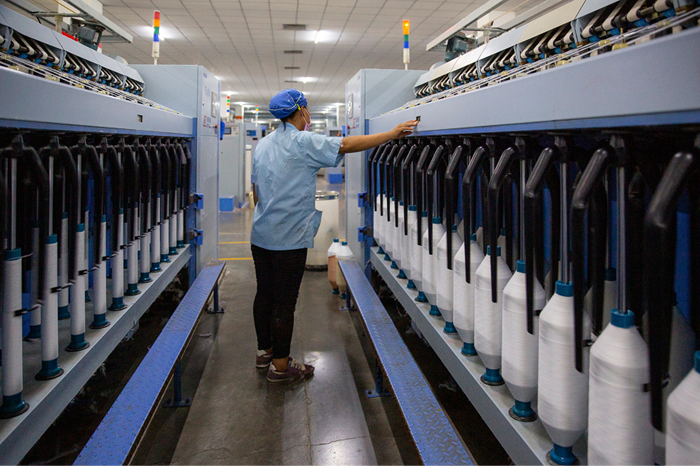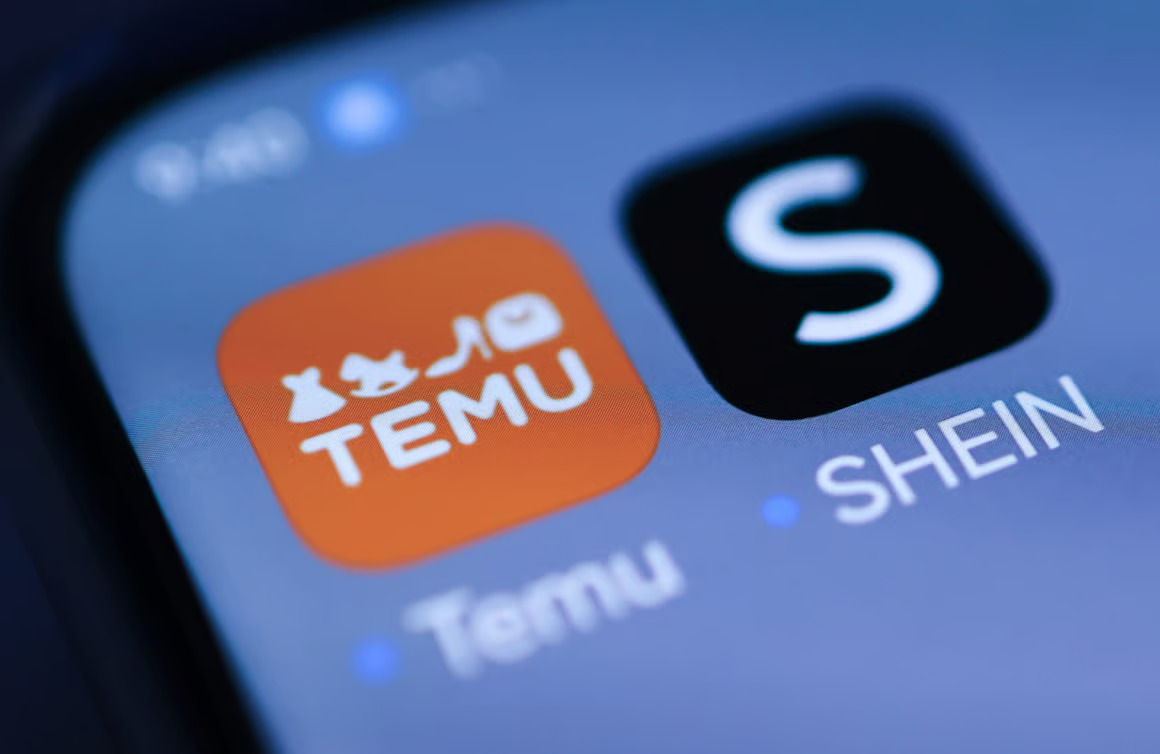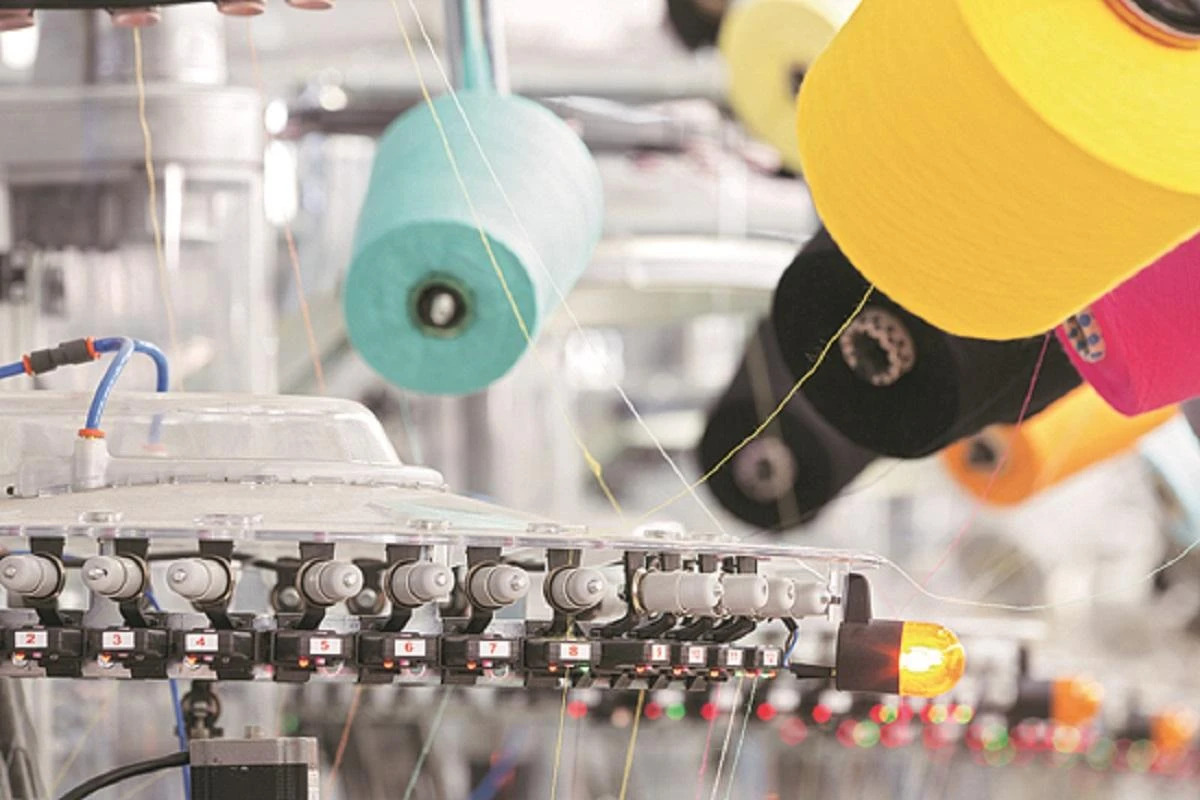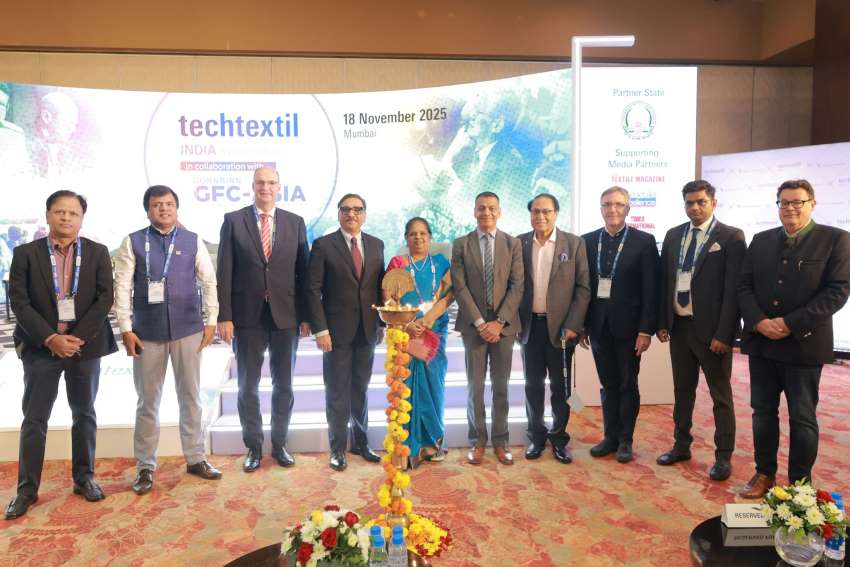The global smart textiles market is expected to grow at a CAGR of 30.8 per cent between 2015-23, says a Transparency Market Research report. It projects the market to stand at $7730 million by 2023. In 2014, the overall market was worth $700 million. The growing usage of nanotechnology in producing fabrics with special functionality such as water and stain resistant, UV protection and anti-bacterial has boosted the growth of global smart textile. With the help of nano-materials, nano-biotechnology, and nano-electronics, electronic components are embedded into smart textiles. The growing demand for wearable electronics has further augmented the growth of the global smart textile market. Smart textiles include garments such as gloves and coats that are connected to trackers, smart phones and other electronic devices.
On the basis of function, the global smart textiles market can be categorized into sensing, energy harvesting, luminescent, thermoelectricity, and others. The sensing segment has witnessed significant demand lately. In terms of applications, the report segments the global smart textiles market into military and defense, healthcare, automotive, entertainment, sports and fitness, and others including architecture and fashion. The military and defense sector accounted for 28.7 per cent of the market in 2014.
In 2014, the sensing segment accounted for share of 26.1 per cent of the market. In 2014, North America was the leading region and accounted for 40.1 per cent of the overall market followed Europe and Asia Pacific. The U.S. and Canada are anticipated to contribute maximum revenue during the forecast period. Globally, smart textiles were manufactured using woven or knitting technologies. However, with recent advancements, electronics conductive inks can be printed on textiles. Dupont has invented conductive inks that can be printed on the textiles and can be used for longer period of time. Currently, the global smart textiles for wearable technology is expected to grow at a rapid pace. However, growth is expected to be restrained by high cost of production of smart textiles and compatibility issues.












